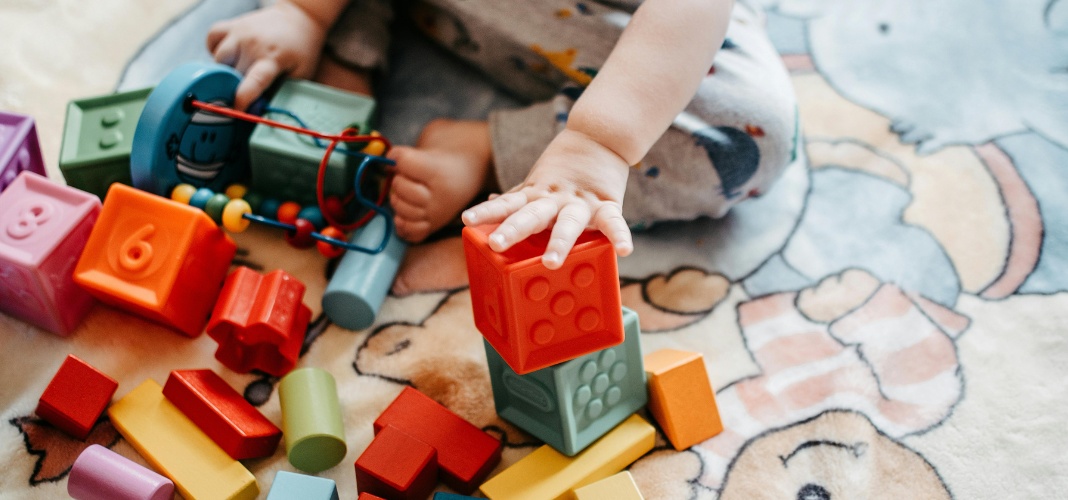We often associate creativity with artists, musicians, or innovators – those who’ve honed their skills over years. But what if the seeds of creativity are sown much earlier, in the very first stages of life? Does creativity start from the age of infancy? The answer, surprisingly, is a resounding yes!
While a baby’s “art” might not grace museum walls, and their “compositions” might be limited to babbling, the foundations of creative thinking are being laid in those precious early months.
Infants: Tiny Explorers, Budding Creators
Infancy is a period of intense sensory exploration. Babies are constantly absorbing information through sight, sound, touch, taste, and smell. This exploration is the very essence of creativity – the ability to perceive and connect things in new ways.
Here’s how infant creativity manifests:
Sensory Play:
A baby banging a spoon on a pot isn’t just making noise; they’re experimenting with sound and cause-and-effect. They’re discovering the world through their senses.
The fascination with textures, colors, and shapes is a constant exploration of the environment.
Imitation and Experimentation:
Babies learn by imitating sounds, gestures, and facial expressions. This process of imitation is a form of creative adaptation.
They experiment with their own bodies, discovering how to move, grasp, and manipulate objects.
Language Development:
Babbling and early attempts at speech are a form of creative expression. Babies are playing with sounds, creating their own “language.”
Later on, as they begin to create sentences, they are actively creating new ways to express their needs and ideas.
Imagination’s Dawn:
Even in infancy, the seeds of imagination are being planted. A baby’s fascination with peek-a-boo, for example, demonstrates an understanding of object permanence and the ability to imagine things that are out of sight.
Nurturing Infant Creativity
As parents and caregivers, we can play a vital role in fostering this early creativity:
Provide Sensory Experiences:
- Offer a variety of textures, sounds, and sights.
- Engage in activities like playing with water, sand, or soft fabrics.
Encourage Exploration
- Give babies the freedom to explore their environment safely.
- Avoid over-scheduling and allow for unstructured play.
Respond to Their “Language”
- Engage in babbling conversations and respond to their attempts at communication.
- Read to them, and sing songs.
Promote Imaginative Play
- Even simple games like peek-a-boo can stimulate imagination.
- Provide simple toys that encourage open ended play.
The Long-Term Impact
The creative foundations laid in infancy can have a profound impact on a child’s development. Creativity fosters problem-solving skills, critical thinking, and adaptability – essential qualities for success in life.


